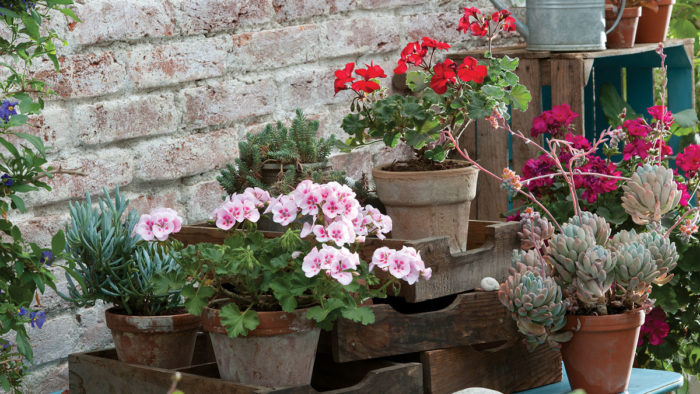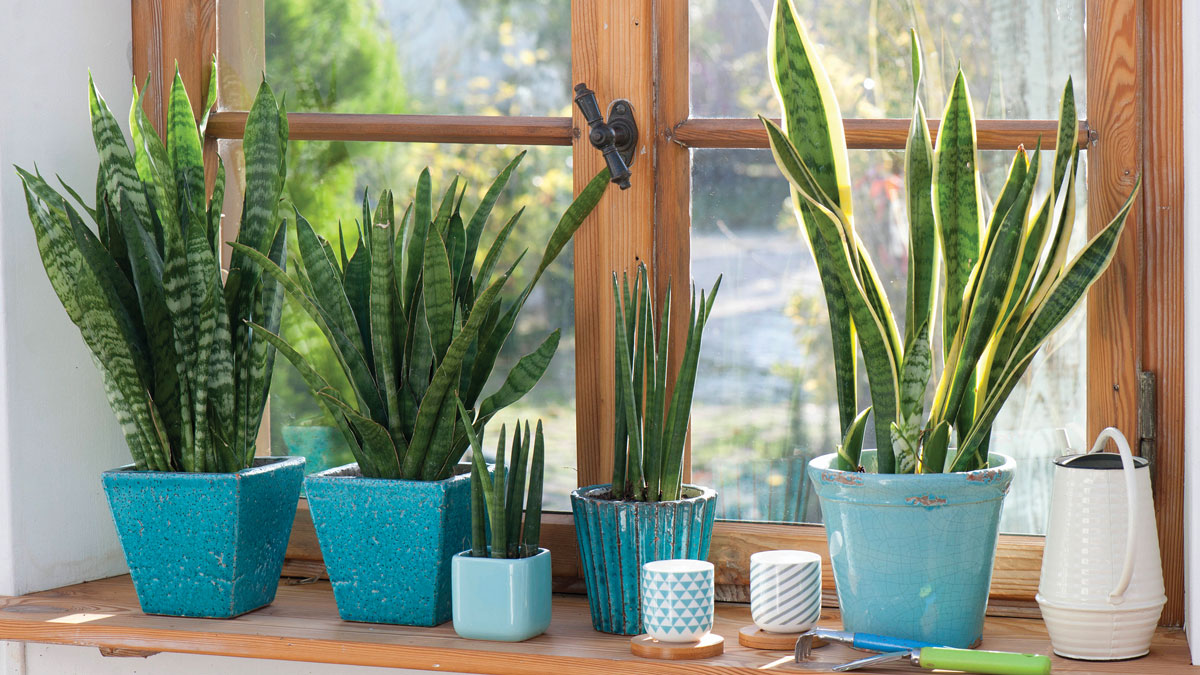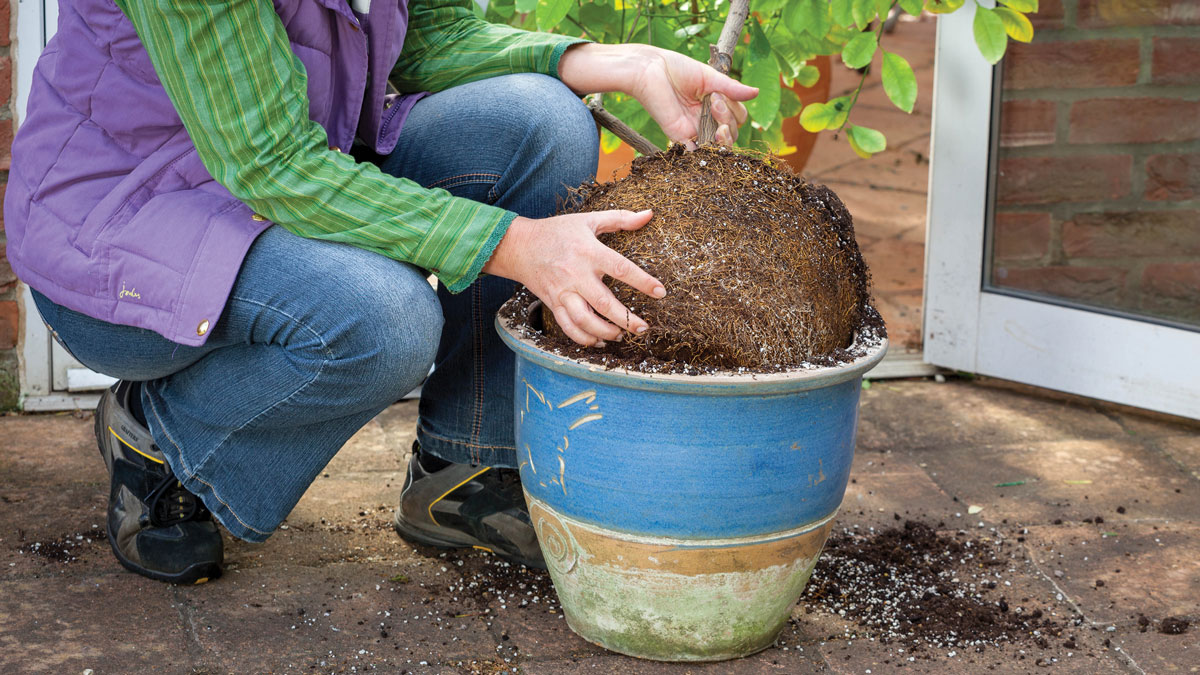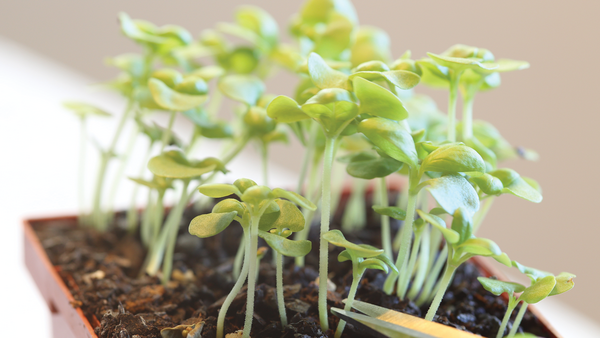
All your favorite houseplants spent the summer outdoors basking in the good life and soaking in the fresh air. Now it’s time to think about their reentry into your indoor stratosphere. Of course, you’d love to delay that moment indefinitely and let Mother Nature continue to share care duties. But the weather is on the verge of shutting down the outdoor option. It’s time to get those plants inside where they will be safe and sound.
And you need houseplants just as much as they need you. Last spring’s lockdown underscored how critical green roommates are to our psychological survival. But even in the best of times, botanical housemates are huge for your well-being, especially when the garden slips into slumber. So don’t jeopardize a single plant. Bring them all in.
Gardeners have a lot of quandaries about the reentry process. When, where, and how are all valid questions. You don’t want to be pausing at the eleventh hour to ponder those issues. It’s much better to have a plan in place.

Put them where the light is right
Be realistic when placing your plants. Although your inner designer might love to enliven a dark, poorly lit room with something perky and green, that’s not going to work for the plant in the long run. Although plants look lovely silhouetted against a wall, if a light source isn’t nearby, they will slowly and painfully deteriorate. And a houseplant that’s obviously going downhill fulfills nobody’s definition of beauty. Match plants with windows to give them what they need to survive for the many months they’ll be your roommates. South is usually brightest; a west-facing window generally gets good light, followed by an eastern exposure. Overhangs, conifers, and nearby buildings will affect those generalizations, however. North is fine for ferns, ivies, and low-light foliage plants, but it can’t support most other houseplants. Although not many windows have sufficiently wide sills to host plants, that’s what plant stands are for. Or be creative. Anything can be enlisted to bring plants up to a level that furnishes sufficient light.

Check everything, but avoid repotting if you can
Given sufficient time, you can do this methodically. You can groom up plants, check root systems, scrub pots, and make sure saucers are clean, dry, and the right fit for the plant in question. You can even be artistic. I know, I know—but what about bugs? Honestly, it isn’t an issue for me. If you grow organically and your plants are healthy, they aren’t usually plagued by creepy crawly things. A few harmless sow bugs (the things that look like mini-armadillos) often hitchhike in, but Einstein (my cat) makes fast work of them. I might get a few slugs and an occasional earthworm. But the secret is to give yourself enough lead time to scrutinize each plant as it comes in. If you’re anxious about possibly bringing bugs inside, carefully check the soil and root systems of the plants plus the undersides of their leaves. But again, if you treated your plants well when they were outdoors and they’re healthy, happy, and well-adjusted, pests entering your domain should not be a problem.
People often wonder if they should repot plants at this juncture. Because light levels are diminishing with the shortening days and growth is usually slowing down, it’s best to leave a plant in its container until spring if that’s possible. The exception is a plant that has made so much root growth that it will become a care burden if it is not given a larger container. A very cramped root system will be constantly thirsty. In that case, graduate frugally. Some herbs, for example, can form generous quantities of roots in summer, so they might be likely candidates for repotting. If a plant’s root system has outgrown its container and you want to maintain the status quo, you can root prune, add soil, and keep it in the same pot. But remember to reduce the foliar and stem growth simultaneously. Want to bring in suitable plants that you displayed together in mixed containers? Break the plants apart and give each one its own pot. A mixed container rarely works as a unit inside. You’re asking too many plants to compete for light and root space in conditions that aren’t as copacetic as they were outside in summer.
Obviously, containers should be practical. Make sure they have good drainage. If you repurposed something like a muffin tin or a toy truck as a whimsical container for plants outdoors, the concept might not translate so well where water runoff leaks onto your rug. Still want to give alternative containers a try? You might position them on a baking sheet with a lip to hold spills.
Now comes the purely pleasurable part of the reentry. If you’ve left enough lead time, you can do this with finesse. Make this an annual design exercise. I have many dozens of houseplants (with constant new additions), and every autumn I stage them in different design configurations indoors. Sometimes it’s planned, sometimes it evolves, but it’s always thrilling. Think about matching and complementing textures. Get your color mojo in gear. Work with the furniture and wallpaper. You can stage accent plants that read like works of art. You can create a garden indoors. And this winter will be green. Maybe it won’t be as verdant as the summer garden, but it will be closer. It will feel like family. There’s something about growing a plant into lush and lovely splendor at your elbow that feels like a major personal achievement. Go ahead, be proud. You’ve earned it.
Timing is a matter of degrees

In most regions of the country, freezing temperatures are an imminent issue right about now. Try not to procrastinate until the weatherman predicts frost approaching in a few hours.
- Keep an eye on long-range forecasts. Monitor weather predictions like your begonia’s life depends on it. You don’t want to be careening wildly around with a flashlight when it’s 38°F, hustling the houseplants into nooks and crannies where they won’t be happy in the long run.
- Do it in a timely fashion. As temperatures plummet at night, houseplants become stressed, and some are particularly sensitive. I would say that 40°F at night is pushing it for most houseplants. And everything tender should be safely inside by the time the weatherman starts talking about 38°F.
- Not to pick on procrastinators, but you really should give yourself some lead time rather than trying to whisk all the plants in during the afternoon before a predicted frost. Not only will the added prep time help get plant stands and saucers lined up to receive the influx of greenery with style, but you’ll save time, hassle, and backaches if you don’t have to shift plants around more than once. Plants really appreciate getting acclimated before the furnace starts pouring out the heat.
Tovah Martin is the author of several books on houseplants, including The Unexpected Houseplant: 220 Choices for Every Spot in Your Home.

















Comments
Log in or create an account to post a comment.
Sign up Log in